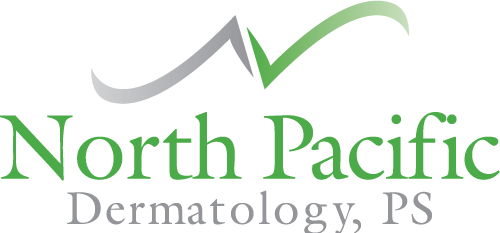Getting Rid of Pityrosporum Folliculitis for Good
When your acne treatment isn’t working and you’re still suffering from breakouts, you may be suffering from a condition called pityrosporum folliculitis. What is this condition and how can you get rid of it for good? Here’s what you need to know.
What Is Pityrosporum Folliculitis?
Pityrosporum folliculitis, also known as Melassezia folliculitis, is a common skin condition that many people often mistake for acne. This is mostly because of the way it presents itself on the skin. When you’re living with pityrosporum folliculitis, the condition will look nearly identical to an acne breakout. As a result, you might be trying to treat pityrosporum folliculitis like you would treat acne, which just won’t work. This condition occurs when a specific type of yeast called Malassezia, which naturally occurs on the skin, gets into your hair follicles and causes infections. And, as stated above, traditional acne treatments won’t make pityrosporum folliculitis go away because they don’t treat the yeast infection that causes it. Fortunately, there are two ways you can tell the difference between pityrosporum folliculitis and acne. First, pityrosporum folliculitis lacks comedones (whiteheads and blackheads) that are a telltale sign of acne. In addition, pityrosporum folliculitis is typically a very itchy condition, whereas acne is not. In addition, you’re more likely to have conditions like dandruff if you’re living with pityrosporum folliculitis. But how do you get rid of this acne-like condition?
Oral Treatments
Due to the nature of pityrosporum folliculitis, the most effective way to treat it is with antifungal agents. In many cases, oral treatments are the best way to administer these agents and get rid of your pityrosporum folliculitis for good. Some of the most common oral antifungal treatments that are prescribed to treat this condition include itraconazole and fluconazole. It’s important to note that you won’t be able to get these treatments at your local pharmacy, though. You’ll need a prescription!
Topical Treatments
As noted above, antifungal agents are the best way to treat and get rid of pityrosporum folliculitis. But if your body can’t handle the intensity of an oral antifungal medication, there are always topical antifungal treatments to choose from. These most often come in the form of gels, ointments, or creams. And, like the oral treatments for pityrosporum folliculitis, you’ll need a prescription to use this type of treatment for your condition. With either this treatment or an oral treatment, your pityrosporum folliculitis can clear up in a matter of weeks.
Over-the-Counter Treatments
If you’d like to try treating your pityrosporum folliculitis at home, there are a few over-the-counter treatments that you can use. The majority of these treatments come in the form of selenium sulfide shampoos. You can purchase these shampoos from brands like Head & Shoulders or Neutrogena. It’s also possible to use them in conjunction with a prescription-grade topical cream or oral treatment. Remember that these products aren’t prescription-grade, though, so your results with them may vary. When in doubt, it’s always best to consult with your dermatologist about over-the-counter treatments.
Living with pityrosporum folliculitis can be tough, especially without a concrete diagnosis. If you suspect you have pityrosporum folliculitis and want a diagnosis and treatment program, set up a consultation with our team today.
